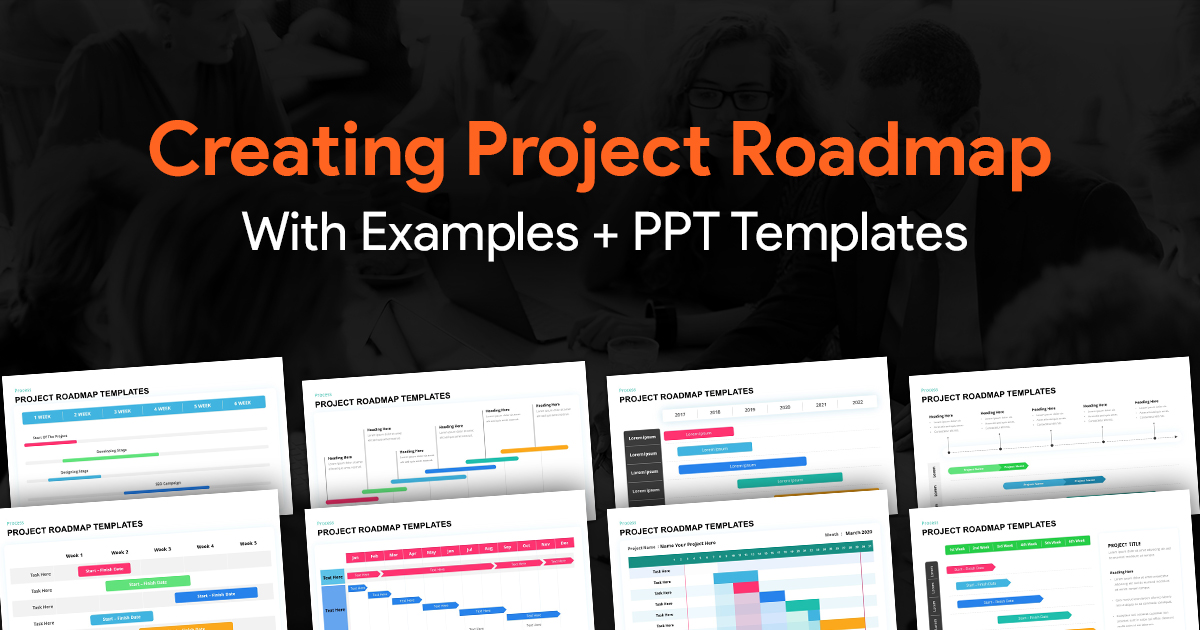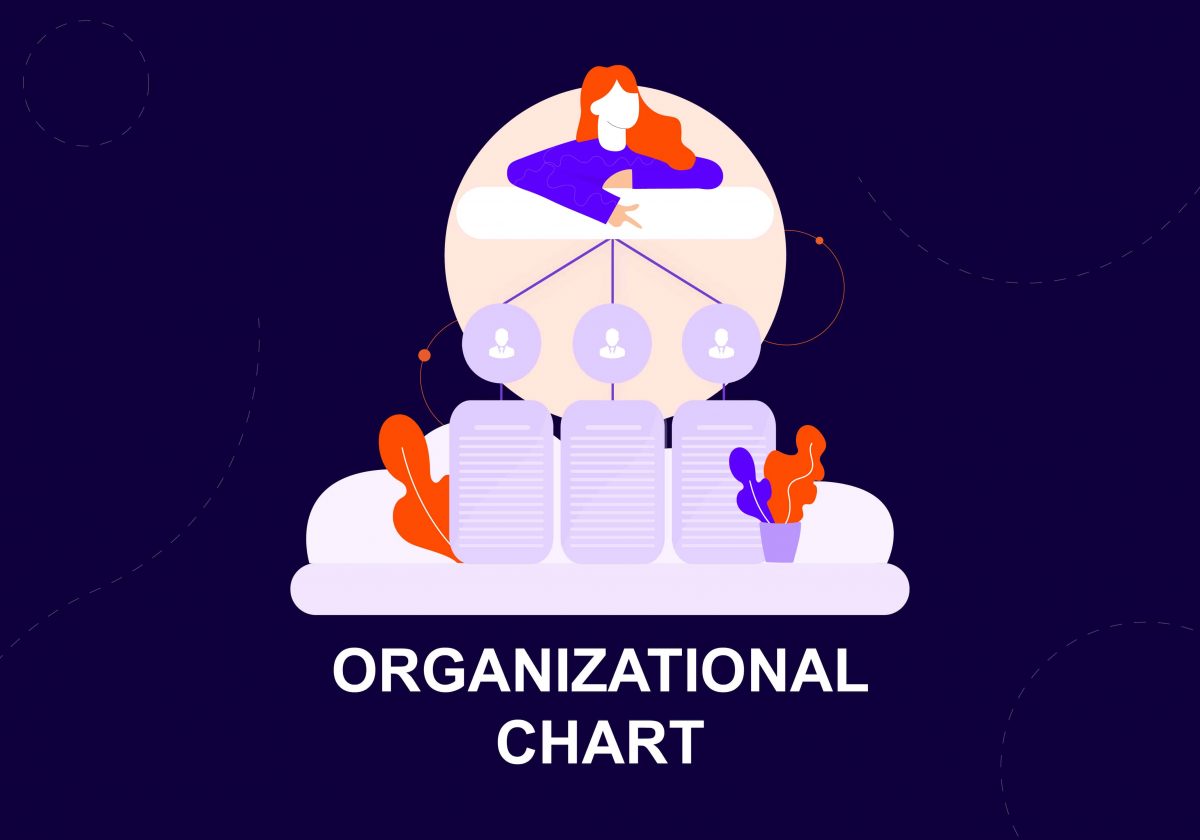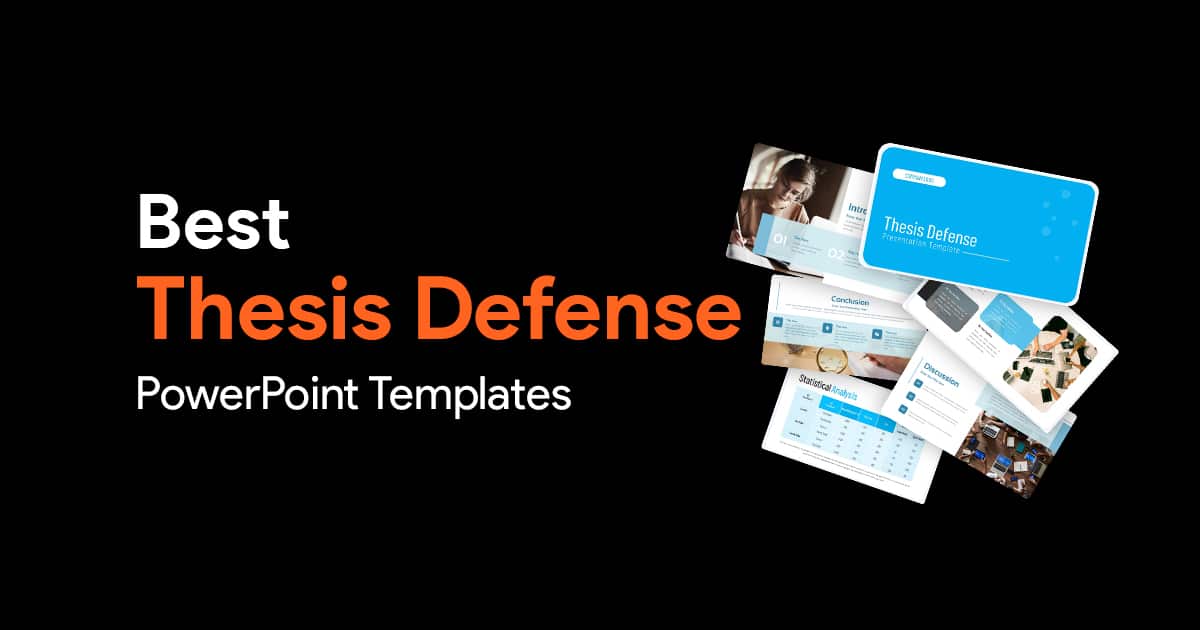Creating Project Roadmap for Project Managers with Examples PPT Templates

What is a roadmap in project management?
A roadmap helps a project manager to visualize the chronological schedule of the goals, assignments, and tasks of a project. Each element is assigned a start and end date. It provides a strategic synopsis of the important elements of a project, like goals, deliverables, milestones, and resources. They can align the time schedule of the project with stages in the lifecycle of the project to help the team prioritize tasks and monitor the progress against the objectives.
Project roadmaps created for teams actually undertaking the tasks are usually very granular, while those presented to managers are likely to be of a higher level – a broad overview, so to say. Project managers can use them to communicate the strategic goals of a project to stakeholders and as a guide to check the progress of the project.
Why do you need a project roadmap?
A project management roadmap is important as it functions as one of the views in a dashboard that lets stakeholders track the progress of the project and know the strategic details at a glance without plowing through stacks of graphs, charts, and so on. A roadmap presents a simplified version of complex and voluminous project data in a structured manner. It can be easily understood and facilitates informed decision-making.
- The roadmap can be used to mention what is expected from each team or employee and the time they are expected to deliver it. You can make sure that they meet the deadlines and thus make everyone accountable for their tasks.
- A project roadmap is a continuous reminder of the strategic goals of the project. As the project progresses, the ground realities may rapidly shift, and it may necessitate a reallocation of people, finances, and resources to more urgent tasks. Having a reminder of the ultimate aims of the project can facilitate better decision-making.
- It is a tool that facilitates coordination as everyone involved has an overview of the deliverables and deadlines; task dependencies, hand-offs, and shared work can be easily coordinated by following the roadmap.
- Project managers can use roadmaps to set expectations, get approvals, and update stakeholders like investors and managers, who don’t have the time or inclination to sit through a long-dragged out report on the team’s progress. A project roadmap can help you give strategic-level updates.
Project Roadmap Examples
Project managers need to keep stakeholders in the loop from start to finish. So, it is wise to choose the type of roadmap that will appeal most to your audience. These are some of the project roadmap examples you can select:
Project initiatives roadmap
Companies that have project management teams may have plans for improvements that they work on with the management; for example, measures to save money on projects, or to improve employee productivity. In such companies, you can create a project initiatives roadmap to record the objectives, the measures you plan, and a general chronology prioritizing tasks.
Activities roadmap
An activities roadmap is useful when you have to highlight certain details in individual projects. Here, different projects are shown in different ‘lanes’ with individual tasks and activities in each lane. This roadmap helps to highlight an imminent deliverable or make adjustments regarding how to prioritize your time.
Gantt chart-style roadmap
If you need to plan cross-functional or cross-team tasks, a Gantt chart type of roadmap is the most apt. It can help you monitor milestones, deadlines, phases, and task dependencies. It must be linked to the project’s goals so that you can convey the reason for the detailed work.
How to create a Project Roadmap
Now that we know what a project roadmap is, let us look at how we can build one.
1. Select the ideal project management template
The project roadmap templates you use decide the amount of data you can collate, easily visualize, and clearly monitor; hence, your work is directly proportionate to them. You need user-friendly, easy-to-use templates that you can edit and customize to add your data. There are several project management roadmap templates available; compare, check feedback, and select the one best suited for your purpose. Check out our list of project management roadmap templates for PowerPoint here.
2. Outline project objectives
Project goals must be properly expressed in quantifiable terms for them to be monitored for progress. What you are trying to achieve should be capable of being tracked in quantifiable terms to know whether they are being attained or not. Variables like project scope, messaging and the target audience are objective and must be clearly described.
3. Recognise applicable data points
You need to know the quantifiable data points to be used to track your goals. Define the figures you will use to calculate how well individual goals are being attained. For example, a 75% customer retention rate, a percentage of cost variance from the budget, and so on.
4. Establish a project timeline
Planning the amount of time you will need to complete a project is the basis of establishing a project timeline. You can use a calendar for this.
5. Make a rough draft of your roadmap
Once you have selected the software, established your goals and selected the data points, you need to plot these factors against the timeline so that you can easily track the time taken for the project. Identify the task dependencies so that you can easily track the progress of the project by gauging several data points simultaneously.
6. First Review
After making the draft, take an overall view to see if it is doing its job – are you able to get an outline of how the project needs to advance?
7. Create the roadmap
You are now ready to create the detailed roadmap using the selected software now that you have reviewed and approved the draft.
8. Sponsor review
If you have sponsors for your project, they can give the roadmap a once-over to check if it fulfils their requirements, and they can check how the project is progressing.
9. Continuing updates
Update the roadmap when the project is going on to account for changes that take place as the project progresses.
Project Roadmap Templates
A graphic summing up of your project roadmap is called a template. There are many different types of templates which allow you to arrange your data in various formats, though a timeline view is the most popular. If deadlines are not important for the project, you can consider a template with vertical lanes. Templates make it easy for you to create your roadmap as compared to creating it from scratch. Whether it is the simple management of tasks or complex portfolio management, roadmap templates facilitate improved collaboration and productivity.
Best Practices for Project Roadmaps
- Create your roadmap before you start defining your project
- Roadmaps should convey the main goals of the project clearly and quickly
- It should be designed so that it can convey the goals and tasks to everyone involved
- As it is consulted throughout the lifecycle of the project, it is important to update it regularly
- Ensure that you set realistic goals, budgets, and deadlines to eliminate delays and budget overshooting
- If you follow the Agile approach to project management, use Agile roadmaps so that there is compatibility.
- Team members need to share their progress with the whole team so that everyone knows the progress and that the integrity of the roadmap can be maintained.
Tips on How to Use a Project Roadmap
It is desirable that your roadmap is updated through the project life cycle; however, it’s unlikely that you’ll have to do it every day. Here are some pointers:
Before the Project Starts
A roadmap is very helpful to express the case for the project. When you record your ideas in the format of a roadmap, you can get going quickly once you get the approval for the project. In this phase, it could be like a theory that is part of the larger picture – the business case that your team is using to gather support and get everyone to agree. You need to remember that this is a continuous document which needs to be updated frequently.
When the Project Kicks Off
Your roadmap is an excellent starting point for a project kick-off deck, and the other way around too. Once your project is launched, you can convert your kick-off deck into a roadmap.
During Project Planning
While your project can include several activities, you need to determine if they will have the requisite results. The project roadmap can help you have a realistic outlook about the business goals when you begin planning the project properly. After completing the detailed plan, you can update the roadmap with the relevant details and avoid urgent edits just before the next presentation.
During Project Execution
When the project is underway, you can inform new stakeholders in addition to team members who join newly. Rather than have a casual conversation about the minute details, this roadmap will help everyone have a proper understanding of the role of this project in the wider vision of the company. It can help increase the confidence and morale of everyone.
During Project Monitoring
Make sure to update your high-level timeline roadmap regularly; let it be the focus of your status meetings so that your team gets to see the big picture. Ideally, you should save the different versions of the roadmap so that you can re-check the baseline when particulars change.
At Project End
Make sure to include the results of your successful project and define how these results will help you perform the next steps in the program. You can use it to showcase the results to the project sponsors, customers, and your team, too – as part of reflecting on the project. This can be helpful to your teammates when it comes to executing the next project.


